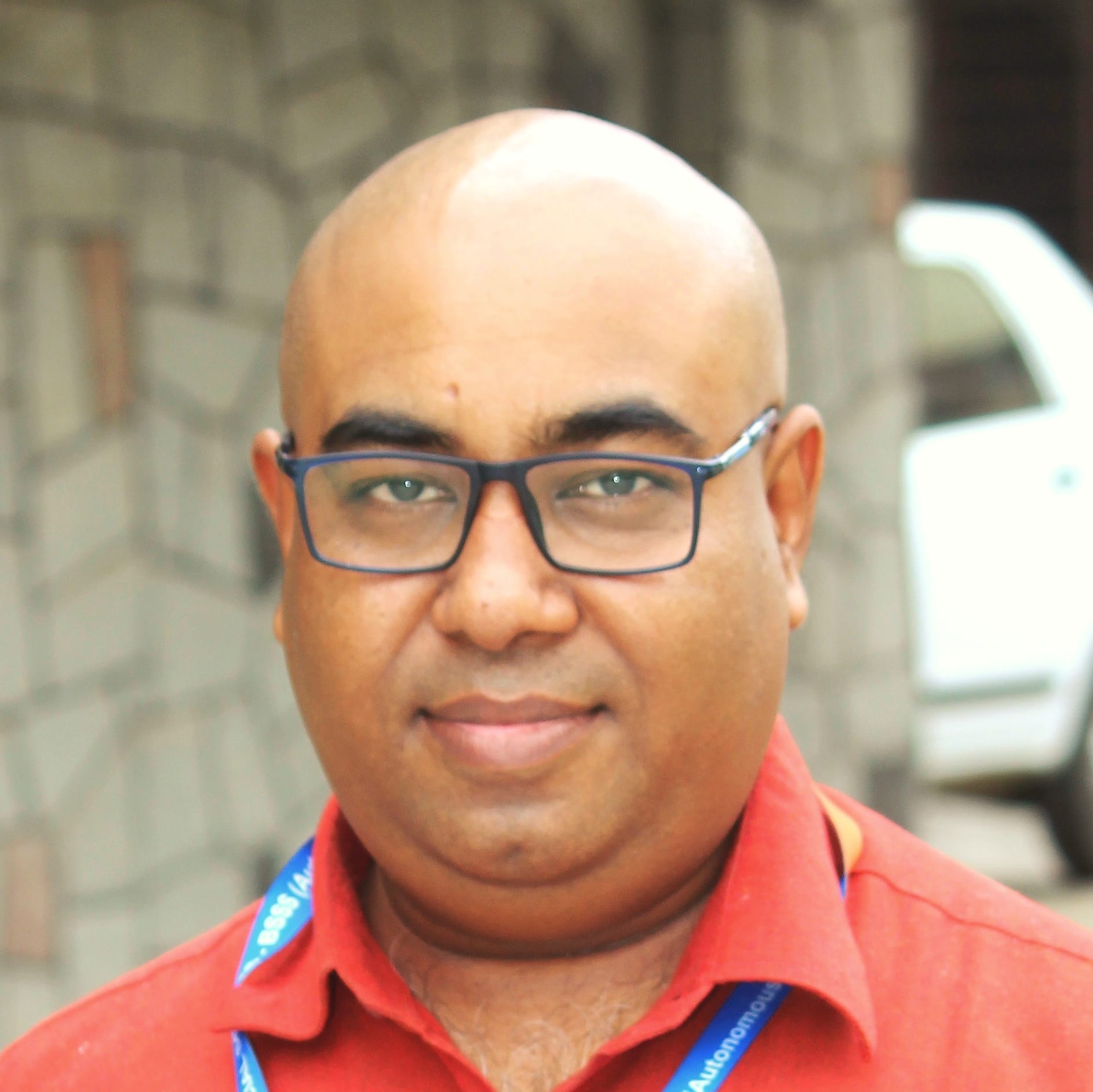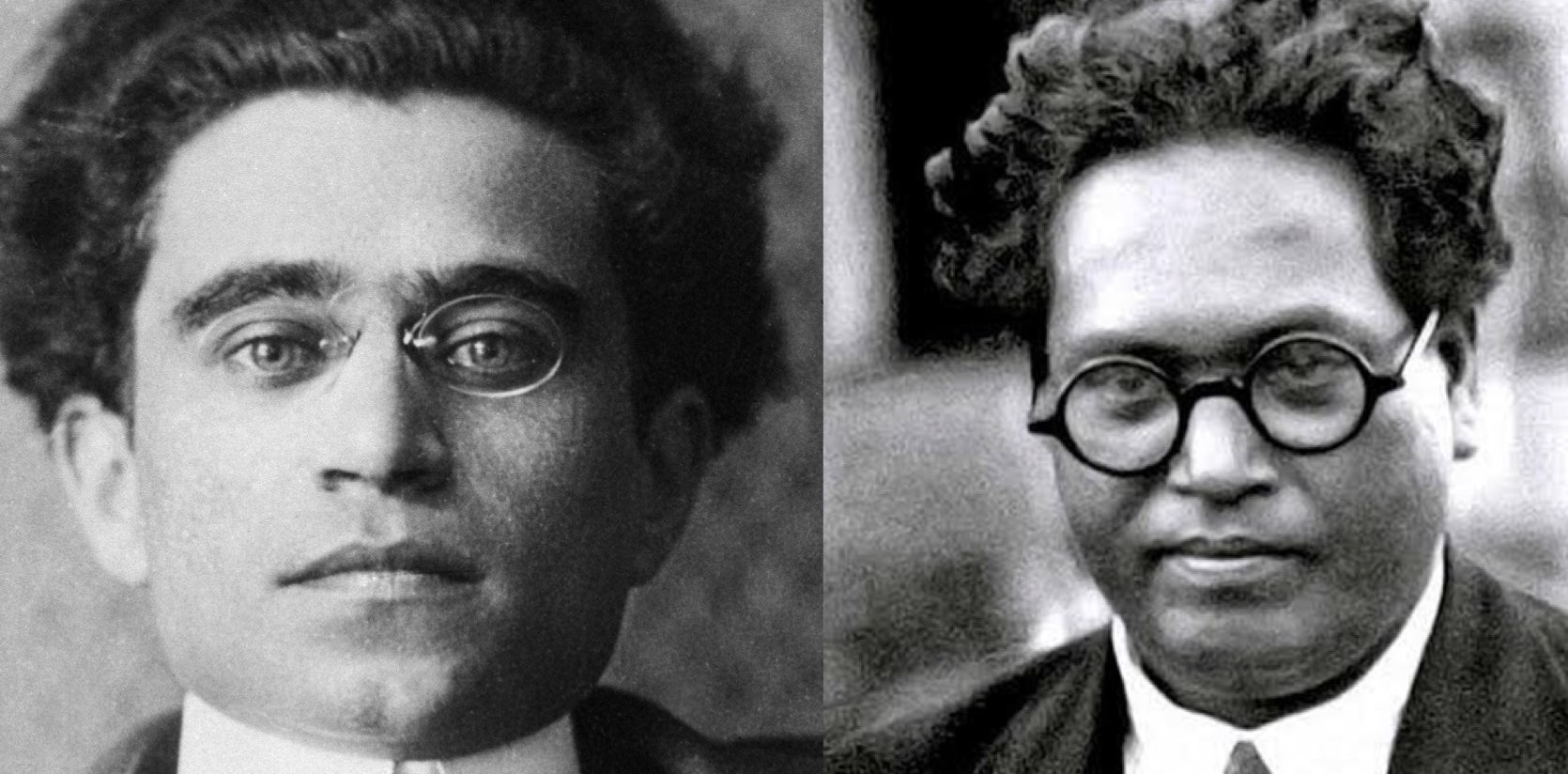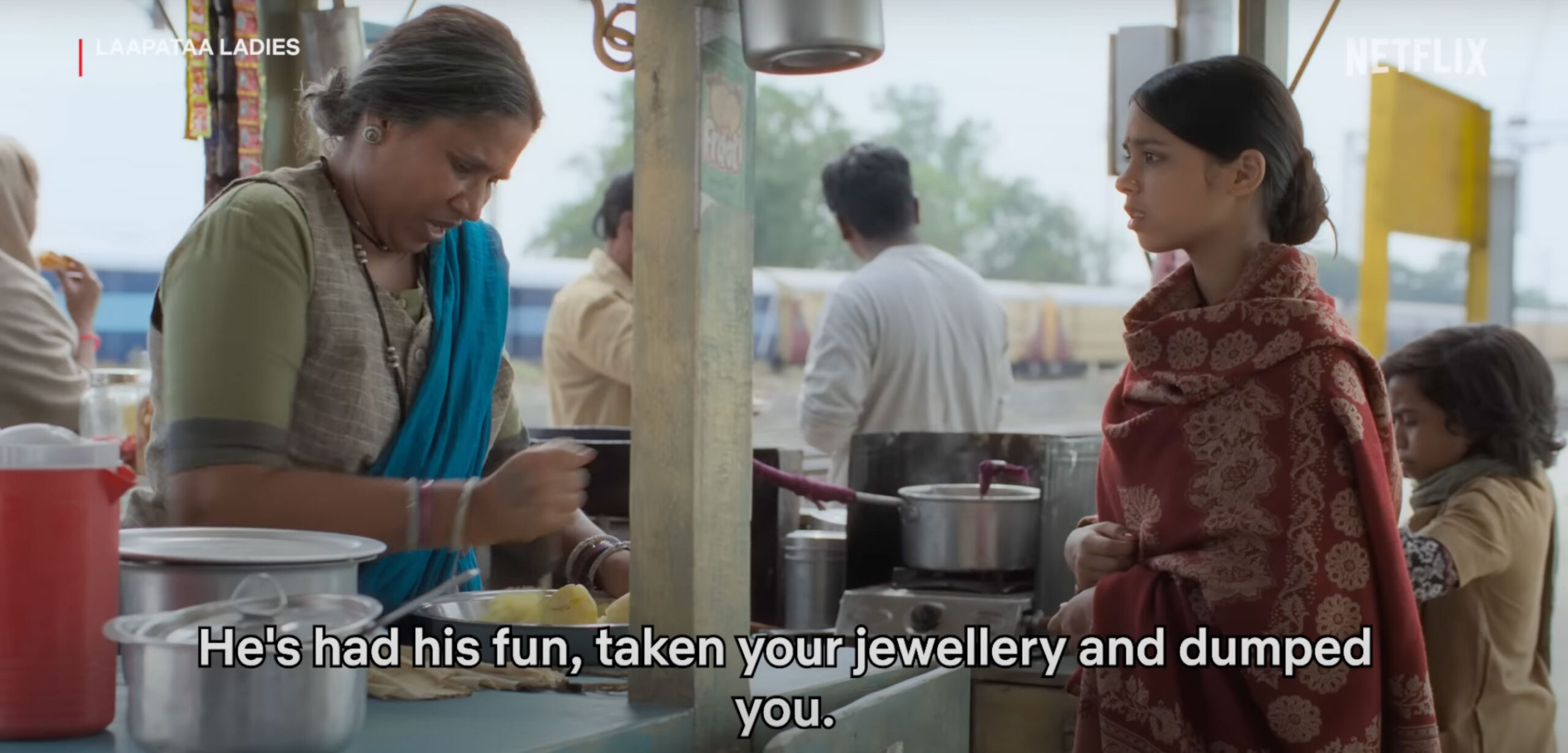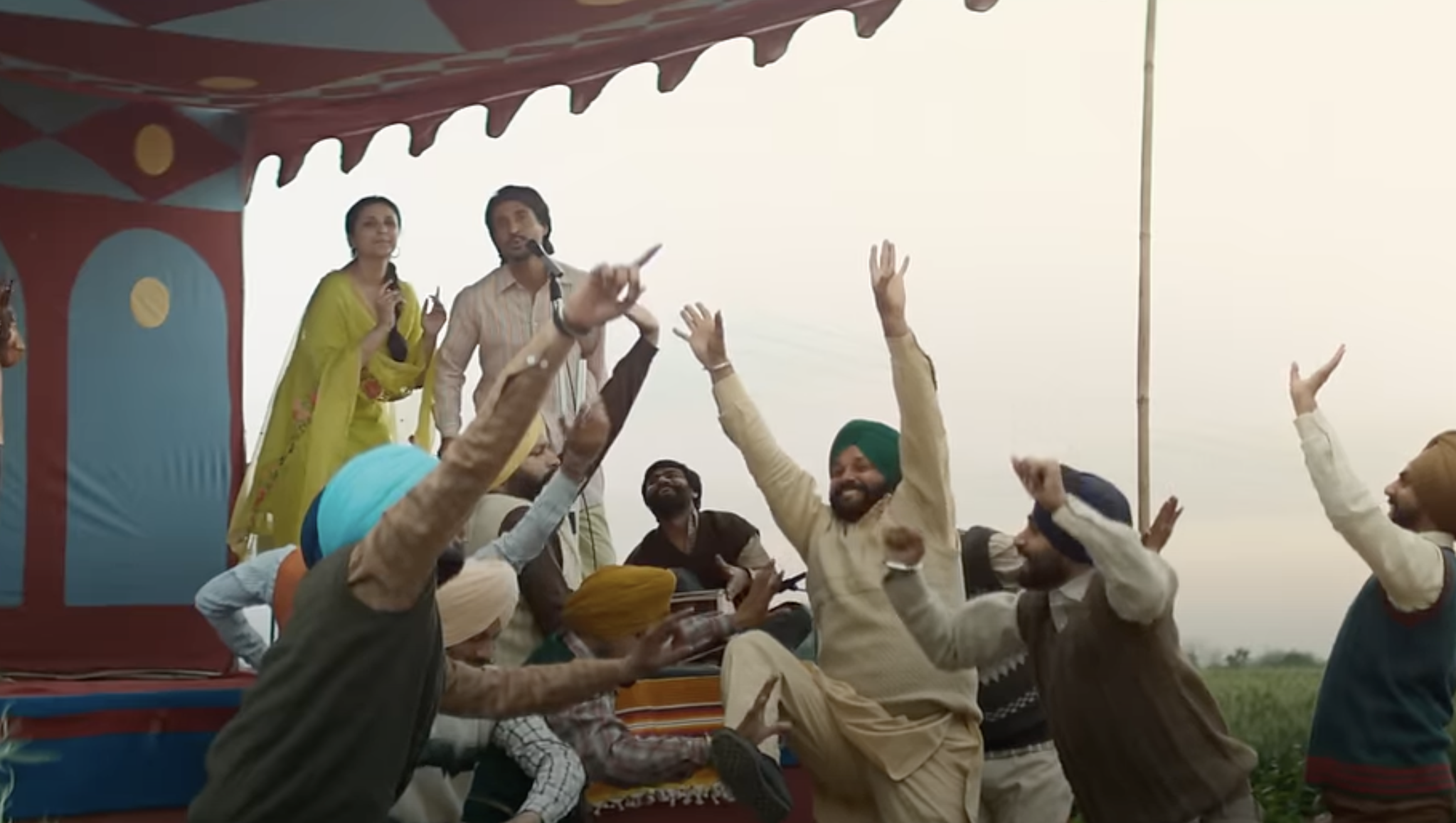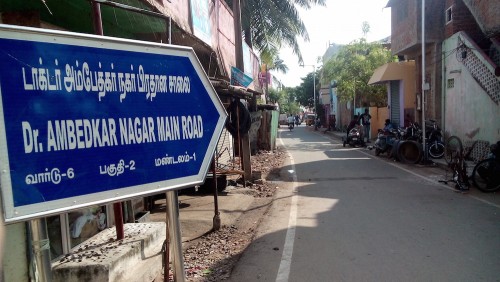 Urbanization is a new phenomenon not only for the Dalits and Muslims of India but also for mainstream society. Although India did have cities and an urban civilization in the hoary past, urbanization took it present form only recently through industrialization and globalization. Therefore, both the study of urbanization and the study of the social matrix of cities from an urban sociological perspective are relatively new academic fields. It was natural that urbanization would change the conservative social and familial structures and relations and it did happen. Recent sociological and economic studies have attempted to view the tendencies unleashed by urbanization and their impact on mainstream Indian society, as well as on minorities, Tribals and Dalits from new angles.
Urbanization is a new phenomenon not only for the Dalits and Muslims of India but also for mainstream society. Although India did have cities and an urban civilization in the hoary past, urbanization took it present form only recently through industrialization and globalization. Therefore, both the study of urbanization and the study of the social matrix of cities from an urban sociological perspective are relatively new academic fields. It was natural that urbanization would change the conservative social and familial structures and relations and it did happen. Recent sociological and economic studies have attempted to view the tendencies unleashed by urbanization and their impact on mainstream Indian society, as well as on minorities, Tribals and Dalits from new angles.
To grasp the impact of urbanization, we would have to dwell on the opportunities and challenges it has generated. As for its economic aspect, we can study it by deploying Marxian philosophy and its tool of historical analysis. Besides Marx, David Harvey and Henri Lefebvre have also thrown ample light on urbanization, the behaviour of capital in cities and the social interaction of different components of the urban community. But does the analysis of Marx, Harvey or Lefebvre apply to Indian society? Can their theorizations explain the deeper religious, casteist and cultural processes that run parallel to the economic processes in India? The answer to this question is a firm no.
Ambedkar, Dalits and Urbanization
For Ambedkar, urbanization and the problems associated with it were central to the problems faced by the Dalits and the deprived. Few scholars have adopted Ambedkar’s point of view on this issue. The great importance Ambedkar accorded to this issue can be gauged from the fact that in his scholarly treatise The Untouchables (1948), Ambedkar lists the emergence of urban centres and their security needs as one of the reasons for the origin of untouchability. Not only untouchability, Ambedkar also attributes the same reason for the emergence of Dalits (Broken Men). According to him, even after pastoral societies learnt farming and put down roots, some tribes chose to continue with their nomadic existence. Subsequently, these nomadic groups began attacking and looting agricultural settlements. The settlers now needed security and they decided to employ “Broken Men” – defeated nomads – for this purpose. The Broken Men were provided living space immediately outside the settlements and were used as private armies to battle the marauders. But they were not fully assimilated into urban society and its processes, as basically they belonged to another, tribal community.
Ambedkar has sought to validate his premise using the examples of Ireland and Wales, among others. Needless to say, there were huge differences between those societies and India. In other societies, the private militias were assimilated by their masters – the urban community – into itself. But in Indian society, they continued to be ostracized (S.M. Michael, Dalits in Modern India: Vision and Values, 2007). Thus, for Ambedkar, the origin of untouchability is not only associated with racial and cultural differences but also with the insecurity of a closed economic class. This premise can be extended to assert that later these vanquished tribal groups were pressed into carrying out demeaning works and then this became a tradition. (Stephen Fuchs, At the Bottom of Indian Society: The Harijan and Other Low Castes, 1981).
Phule-Ambedkar’s advice to Dalits
Ambedkar and, before him, Phule had urged Shudras-Atishudras to migrate to cities. Comparing the experiences of his grandfather Sheteba and father Govindrao of living in urban and rural areas, Jotiba Phule had turned into an admirer of the liberty that living in cities afforded. If Jotiba could earn his living, it was because the economic freedom in cities enabled him to get contracts (Govind Ganapat Kale, Mahatma Phuleyanchya Aprakashit Athavani). Ambedkar advised Dalits to move to the cities mainly for the possibility of freedom from the stigma of caste and from caste-based occupations. That was why he was opposed to Gandhi’s model village, based on ‘gram swaraj’ and panchayats. There was no possibility of the Dalits getting freedom from their caste and their caste-ordained professions while living in villages. Gandhian philosophy glorified the village and its life as a self-dependent unit but ignored the possibility of villages becoming a battleground of castes. That is why Ambedkar proposed an orientalist alternative to Gandhi’s gram swaraj (Gail Omvedt, Dalits and the Democratic Revolution: Dr Ambedkar and the Dalit Movement in Colonial India (2004)).
Modern ideologies and Dalits
A brief description of the philosophy and thinking of four important thinkers on these issues is given below:
| Issue | Gandhi | Marx | Ambedkar | David Harvey |
| Rural Life | Based on Varna and caste, sanctified by religious and Puranic sources | A closed system, based on old means of production | It sustains caste and caste-based occupations and stifles the dignity of humans | – |
| Urban Life | A system based on mechanization and consumerism, which is dangerous | Mechanization and industrialization and the resultant urbanization exploits surplus capital | Urbanized system affords more liberties and better wages for workers | Urbanization is inevitable. There should be harmony between accumulation of capital and equality of opportunity |
| What would urbanization lead to? | Urbanization (with mechanization and big industries) is dangerous. It disturbs nature’s balance and makes simple living – which is approved by religion – difficult | Though urbanized and industrialized society exploits labour, it is amenable to building a social order based on equality and equitable distribution of resources | In the Indian context, freedom from caste identity and caste-based occupations is possible only in cities. Urbanization will not only lead to economic but also socio-cultural equity | The equality of opportunity that cities afford is an extension of human rights
|
It is clear that Gandhi’s vision for villages cannot benefit Dalits. Ambedkarism and Marxism have some commonalities but, seen in the Indian context, one talks of caste struggle and the other talks of class struggle. Agricultural labourers migrating to cities as a result of urbanization do not become a class. Though loosely associated with a class, they retain their caste identity in many respects. That is why in the Indian context Jotiba and Ambedkar’s approach to urbanization is more practical. Ambedkar sees in urbanization a potential for the empowerment of Dalits. He propounds the concept of a welfare state and infuses equality of opportunity, socialism and social democracy into its basic framework.
Actual representation of Dalits and Muslims in cities
Despite all this, the fallout of the manner in which India became urbanized and migration of Dalits to cities took place deserves closer scrutiny. The representation of SCs and STs in the cities attains importance in this respect. This representation can be a measure of the empowerment of these sections.
| % SCs, STs in rural and urban populations | ||||
| Scheduled Castes | Scheduled Tribes | |||
| Census | 2001 | 2011 | 2001 | 2011 |
| Total population | 16.2 | 16.6 | 8.2 | 8.6 |
| Rural population | 17.9 | 18.5 | 10.4 | 11.3 |
| Urban population | 11.8 | 12.6 | 2.4 | 2.8 |
Needless to say, the decadal growth is not at all impressive. Despite the liberties and the facilities offered by the cities, a range of disparate factors is coming in the way of the weaker sections migrating to the cities. These include social factors, apart from the economic ones. The relationship between the socio-economic empowerment of these  communities and the rural-urban distribution of their population has been viewed from another angle too. The Sachar Committee makes the following observations vis-a-vis Muslims on page 153 of its report: For the year 2004-05, the all-India mean per-capita expenditure (MPCE, at current prices) for urban areas was Rs1105. In comparative terms the figures were: upper-caste Hindus (Rs1469), other minorities (Rs1485), OBC Hindus (Rs955), Muslims (Rs804) and SCs/STs (Rs793). Thus, the MPCE of upper-caste Hindus was nearly 80 per cent more than that of Muslims and SCs/STs.
communities and the rural-urban distribution of their population has been viewed from another angle too. The Sachar Committee makes the following observations vis-a-vis Muslims on page 153 of its report: For the year 2004-05, the all-India mean per-capita expenditure (MPCE, at current prices) for urban areas was Rs1105. In comparative terms the figures were: upper-caste Hindus (Rs1469), other minorities (Rs1485), OBC Hindus (Rs955), Muslims (Rs804) and SCs/STs (Rs793). Thus, the MPCE of upper-caste Hindus was nearly 80 per cent more than that of Muslims and SCs/STs.
The committee goes on to add on pages 192-193 of the report that the Muslim community is internally differentiated, like the Hindus. It is socially stratified into three groups – “ashraf”, “ajlaf” and “arzal”. The ashrafs are those without any social disabilities, ajlaf are akin to OBCs among Hindus while the arzals are the “very lowest castes”, the equivalent of SCs among Hindus.
There are 1241 ethnic groups spread over 31 states and union territories that have been listed as SCs in India while 705 ethnic groups spread over 30 states and union territories constitute the STs.
According to the Sachar Committee report, the percentage of all Hindus, SC/STs, OBCs, upper-caste Hindus and Muslims and other minorities in the state administrative services is as under:
| Communities’ % shares in state administrative services over the past 5 years (Total number of candidates selected/recommended: 63,402)* |
|||||||
| Category | All | All Hindus | SCs/STs | OBCs | Upper Caste | Muslims | Other Minorities |
| Higher Positions | 25.4 | 88.8 | 20.9 | 22.7 | 45.3 | 3.2(20.7) | 8.0 |
| Lower Positions | 74.6 | 98.0 | 35.2 | 29.0 | 33.9 | 1.6(10.4) | 0.3
|
| Group ‘A’ | 5.8 | 82.2 | 19.3 | 23.7 | 39.2 | 7.5(48.6) | 10.3
|
| Group ‘B’ | 12.4 | 86.4 | 19.8 | 21.2 | 45.3 | 2.2(14.3) | 11.5
|
| Group ‘C’ | 21.1 | 95.8 | 12.6 | 20.8 | 62.4 | 3.0(19.4) | 1.2
|
| Group ‘D’ | 53.4 | 98.9 | 44.1 | 32.2 | 22.6 | 1.1(7.1) | 0.0
|
*This data pertains to the year 2004-05
Similarly, the picture that emerges in the 2011 Census is given below:
| Rural and urban SC, ST population: Census 2011 | ||||
| Community | Particulars | Total | Rural | Urban |
| SCs | Total | 20,13,78,086 | 15,38,50,562 | 4,75,27,524 |
| Males | 10,35,35,165 | 7,91,18,138 | 2,44,17,027 | |
| Females | 9 ,78,42,921 | 7,47,32,424 | 2,31,10,497 | |
| STs | Total | 10,42,81,034 | 9,38,19,162 | 1,04,61,872 |
| Males | 5 ,24,09,823 | 4,71,26,341 | 52,83,482 | |
| Females | 5 ,18,71,211 | 4,66,92,821 | 51,78,390 | |
Conclusion
What do these figures and trends indicate? A large population of Dalits and Muslims has been basically dependent on its traditional, skill-based occupations. But instead of being rewarded for their skills and their work, they were oppresed. And when they moved to the cities, they did not get the positions they deserved. As far as the struggle of Dalits is concerned, the Gandhian concept of gram swaraj may as well be forgotten for good. The philosophies of Marx and of the latter-day Marxists Harvey and Lefebvre do not take into account the realities of the Indian caste system and hence are of little use as tools to understand India.
As a part of the global community, Indian society has to be made compatible with the open society that is developing in parallel with globalization and liberalization. If this is not done, India will get caught up in the internal contradictions born out of the empowerment of its various populations. A big section of the people has not been getting due representation in employment, education, governance, administration, politics and, most importantly, in the judiciary/judicial system. Is this happening spontaneously?
Are some other forces not allowing the oppressed and exploited sections to take advantage of the opportunities afforded by urbanization? This question takes us to the problems in implementation of the concept of welfare state. It also takes us to the powers that are seeking to dilute the Constitutional provisions, especially the Directive Principles of State Policy. The data quoted above clearly shows that India’s feudal mindset has survived urbanization, though in a new avatar. It is unrealistic to assume that the mindset of the people will change overnight after migration to cities. Experience shows that there is discrimination on the basis of surnames in recruitments and interviews. The social network of higher varnas ensures that a wide variety of stratagems are used to keep Dalits and Tribals out of the loop. Will these brahmanical forces conspire to effectively betray the dreams that Phule and Ambedkar had for Dalitbahujans in the cities?
Published in the April 2016 issue of the FORWARD Press magazine
